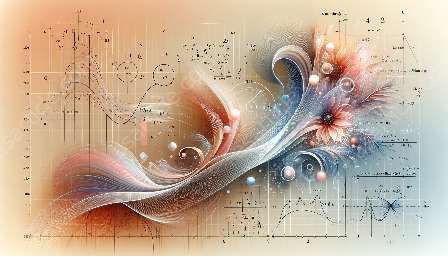Random errors are a crucial aspect of error analysis, and they intersect with the realms of mathematics and statistics in compelling ways. In this comprehensive topic cluster, we will explore the captivating world of random errors, their analysis, and their significance in mathematics and statistics.
Understanding Random Errors
Random errors, also known as indeterminate errors, are variations in measurements that occur due to unforeseen and uncontrollable factors. These errors are inherently unpredictable and can occur in any scientific or experimental measurement. Random errors do not exhibit any consistent pattern in their magnitude or direction, making them inherently statistical in nature.
Sources of Random Errors
Random errors can stem from a variety of sources, including environmental factors, instrumental limitations, human error, and inherent variability in the system being studied. For instance, fluctuations in temperature, electrical interference, and imprecise instrument calibration can all contribute to the presence of random errors in measurements.
Error Analysis and Random Errors
When conducting error analysis, an essential component is the consideration of random errors. Understanding the nature of random errors allows researchers to assess the reliability and precision of their measurements. By employing statistical methods, such as the calculation of standard deviation and confidence intervals, researchers can quantify the impact of random errors and incorporate this information into their analyses.
Mathematical Treatment of Random Errors
In the realm of mathematics, random errors are addressed through probability theory and statistical methods. The mathematical treatment of random errors involves modeling the variability in measurements and deriving statistical properties that capture their nature. Probability distributions, such as the normal distribution and the Gaussian distribution, play a fundamental role in characterizing random errors and enabling mathematical analyses of measurement uncertainties.
Statistical Aspects of Random Errors
Statistics provides the framework for understanding and quantifying random errors. Through statistical techniques, researchers can elucidate the underlying patterns within random errors and distinguish them from systematic errors. Methods such as regression analysis and hypothesis testing allow for the inference of meaningful conclusions in the presence of random errors, thereby advancing the field of statistical analysis.
Significance of Random Errors
Random errors are not merely nuisances but hold substantial significance in scientific and statistical contexts. By acknowledging and addressing random errors, researchers can enhance the validity and robustness of their findings. Moreover, an appreciation of random errors fosters a deeper understanding of measurement processes, leading to improvements in experimental design, data interpretation, and inference from statistical analyses.
Implications for Research and Applications
The study of random errors reverberates across diverse domains, including physics, chemistry, engineering, biology, and social sciences. Researchers and practitioners across these fields rely on error analysis and statistical methodologies to navigate the complexities of random errors and extract meaningful insights from data. In fields such as quality control, manufacturing, and environmental monitoring, addressing random errors is integral to ensuring precision, reliability, and accuracy in measurements.

